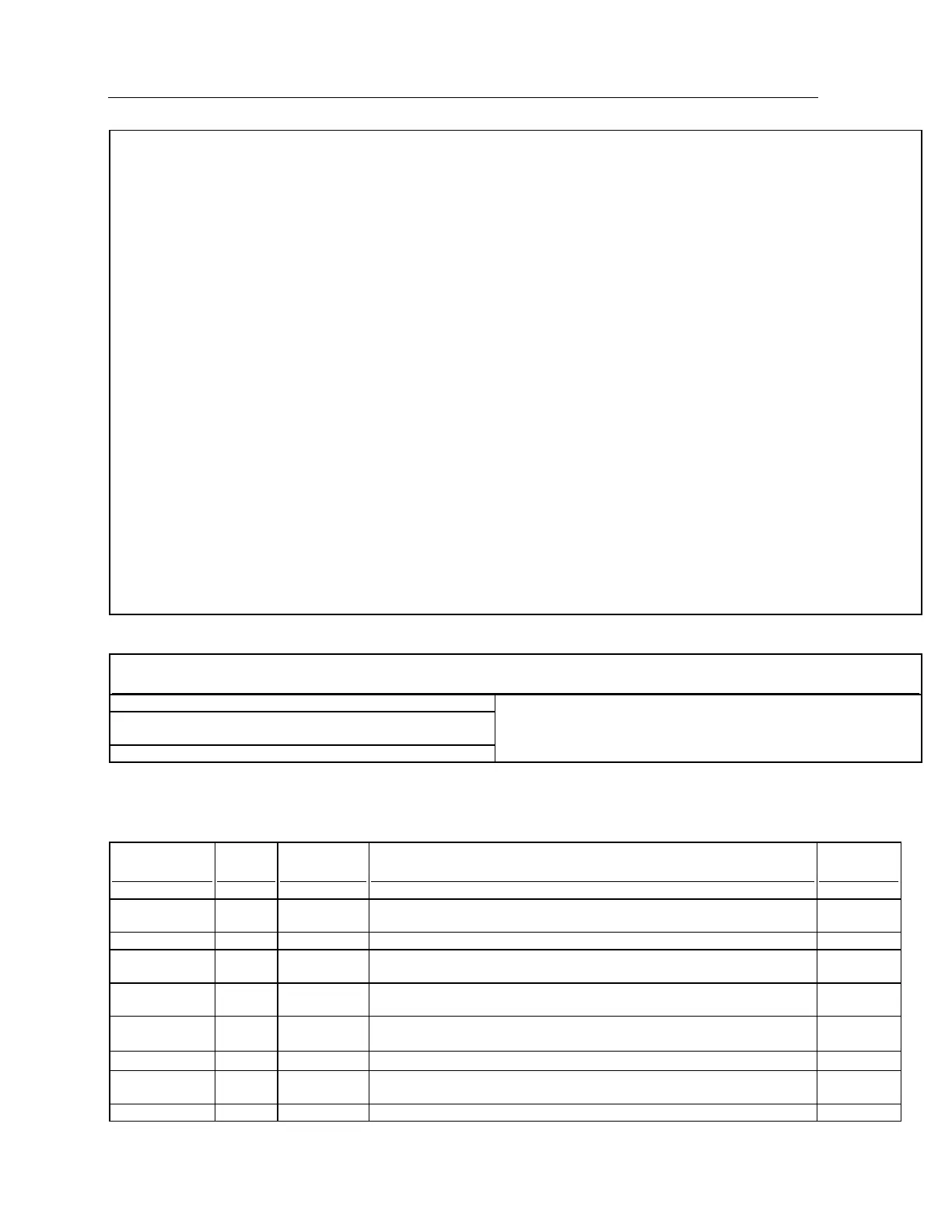106 Model 5525-6025-6625 Parts & Specifications Manual Part # 99904215
TYPE OF INSPECTION
NOTES:
Daily and monthly inspections are to be performed by a “comp
etent person”, who is capable of identifying existing and predictable
hazards in the surroundings or working conditions which are unsanitary, hazardous, or dangerous to employees, and who has
authorization to take prompt corrective measures to eliminate them.
Quarterly and annual inspections are to be performed by a “qualified person” who, by possession of a recognized degree,
certificate, or professional standing, or who by extensive knowledge, training and experience, successfully demonstrated the
ability to solve/resolve problems relating to the subject matter, the work, or the project.
One hour of normal crane operation assumes 20 complete cycles per hour. If operation exceeds 20 cycles per hour, inspection
frequency should be increased accordingly.
Consult Operator / Service Manual for additional inspection items, service bulletins and other information.
Before inspecting and operating crane, crane must be set up away from power lines and leveled with stabilizers fully extended.
DAILY (D): Before each shift of operation, those items designated with a (D) must be inspected.
MONTHLY (M): Monthly inspections or 100 hours of normal operation (which
ever comes first) includes all daily inspections plus
items designated with an (M). This inspection must be recorded and retained for a minimum of 3 months.
QUARTERLY (Q): Every three to four months or 300 hours of normal operation (which
ever comes first) includes all daily and
monthly inspection items plus items designated with a (Q). This inspection must be documented, maintained, and retained
for a minimum of 12 months, by the employer that conducts the inspection.
ANNUAL (A): Each year or 1200 hours of normal operation (which
ever comes first) includes all items on this form which
encompasses daily,
monthly and quarterly inspections plus those items designated by (A). This inspection must be documented,
maintained, and retained for a minimum of 12 months, by the employer that conducts the inspection.
INSPECTION CHECKLIST STATUS KEY:
(NOTE: If a deficiency is found, an immediate determination must
be made as to whether the deficiency constitutes a safety hazard
and must be corrected prior to operation.)
R = Recommendation
(Should be considered for corrective action)
FREQUENCY ITEM KEY INSPECTION DESCRIPTION STATUS
All load charts, safety & warning labels, and control labels are present
and legible.
Check all safety devices for proper operation.
Control mechanisms for proper operation of all functions, leaks and
cracks.
Control and operator's station for dirt, contamination by lubricants, and
foreign material.
Hydraulic system (hoses, tubes, fittings) for leakage and proper oil
level.
Presence and proper operation of hook safety latches.
Inspect for apparent deficiencies per applicable requirements and
manufacturer’s specifications.
Proper engagement of all connecting pins and pin retaining devices.
